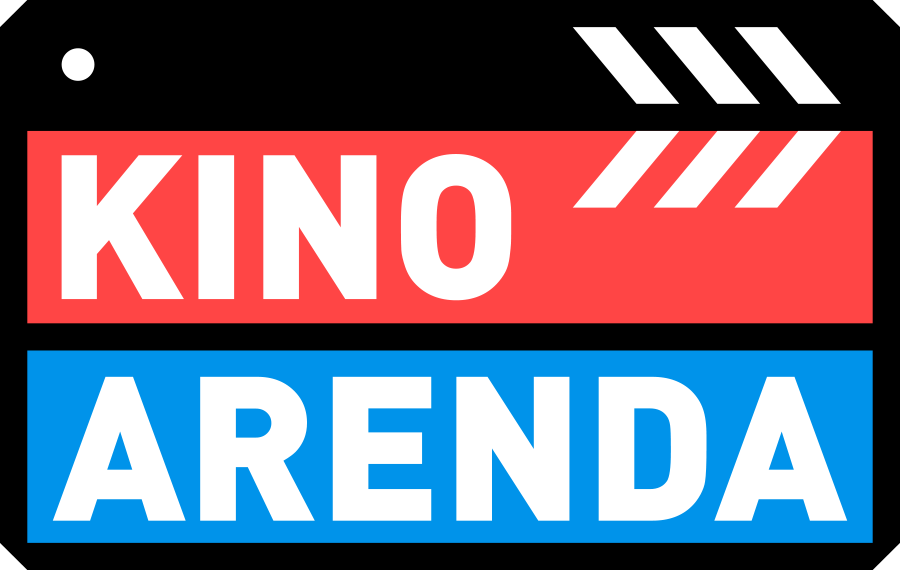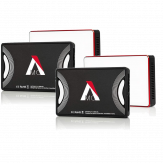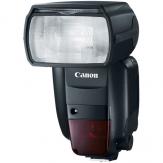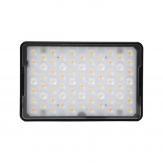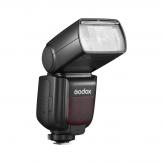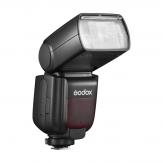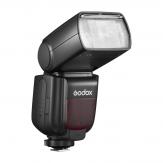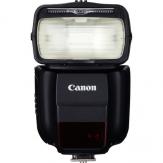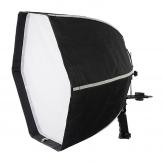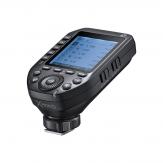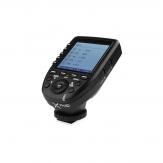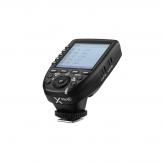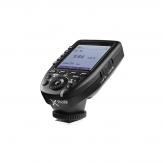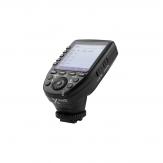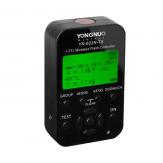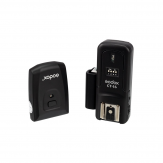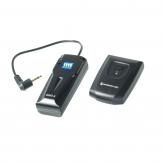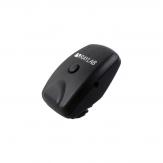- half shift
- 3 shift
- 14 shift
- 30 shift
Enter a value between 1 and 60

On-Camera Lighting
There are flash and LED-panels and accessories in the section.
On-camera light is an artificial light source for photographers. The most commonly used flash units are flashlights, but continuous light can be used. Nowadays, LED illuminators are widely used.
- High luminous efficacy. Excellent ratio of luminous flux and power consumption. Portable devices with compact batteries and chargers have been created. LED bulbs also operate on low voltages, which is safer.
- Stable color temperature
- The ability to adjust the brightness over a wide range.
- Lack of heat loss and heating, work in the cold.
- Conditionally infinite service life. Do not burn out. They last tens of thousands of hours, that is, they will last longer than a camera. LEDs do not wear out when turned on and off, quickly turn on and off.
- No toxic substances (eg mercury) inside.
On-camera external flares. They fit into the hot shoe of the camera. More powerful than the built-in ones. Produces a flat image with sharp little shadows. Often they have the ability to turn the head up and to the side, so that you can get indirect lighting that is softer and reminiscent of natural.
On-camera LED panels are usually flat devices with diodes on one side. On the other side are the controls, indicators, battery holders, and power adapter inputs. Can be mounted on a camera shoe, studio stand or tripod.
When choosing a light, please note:
- Dimensions and power. As a rule, the more powerful, the larger the dimensions.
- Power supply. Options: Li-ion battery, AA batteries and rechargeable batteries, AC adapter, combo options.
- Colorful temperature
- Control. availability of display, remote control, applications
- The form
